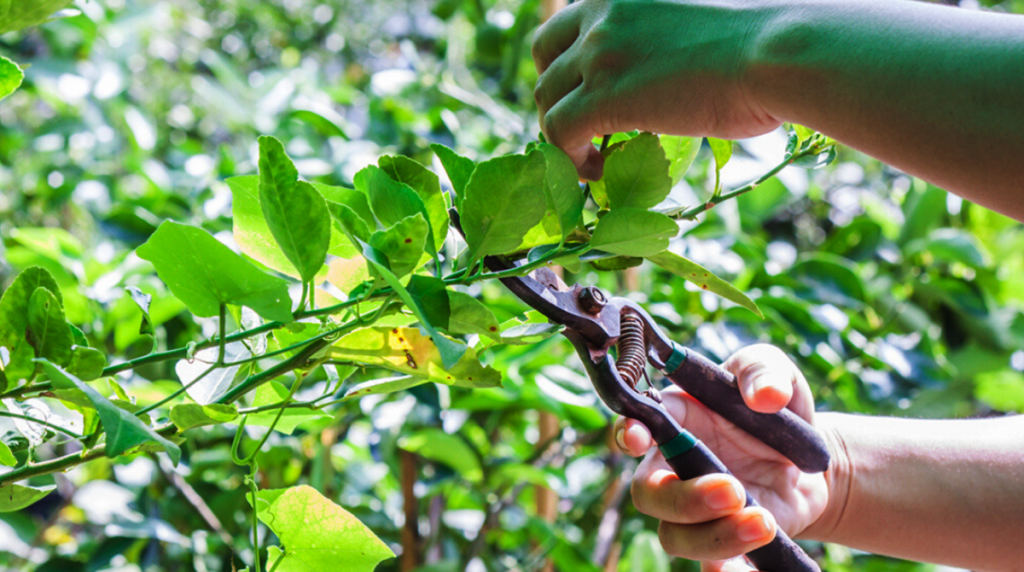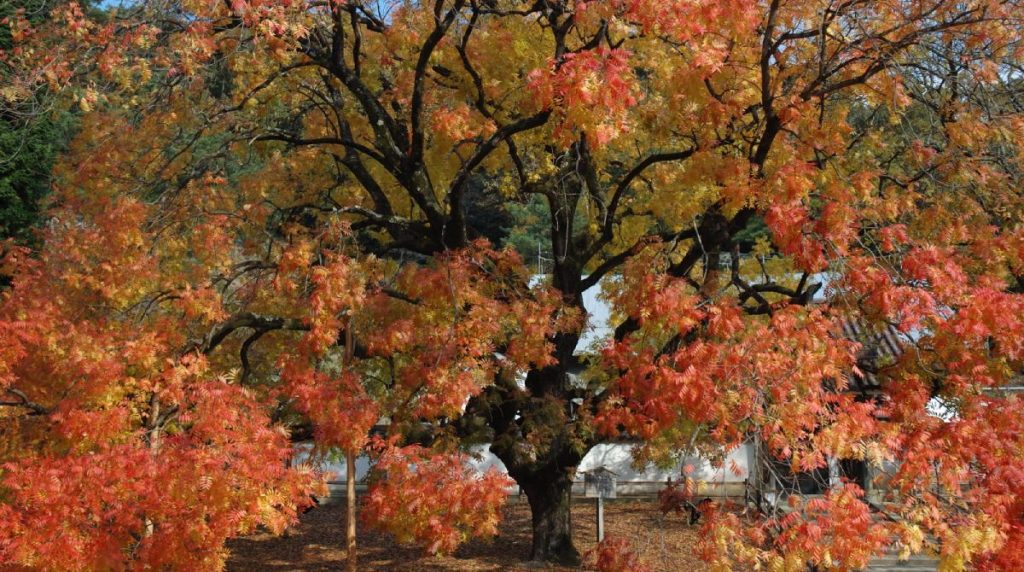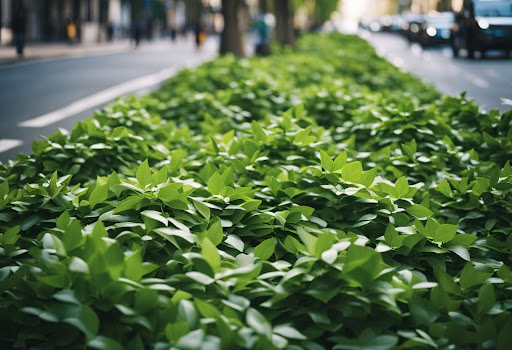
Date March 18, 2021
Category
Late winter is a beautiful time to prune your trees, and proper pruning and trimming will significantly enhance your landscaping. On the other hand, improper pruning and trimming could devastate your trees and shrubs. Every year, more trees are killed by improper pruning techniques than by pests. So before you grab your clippers or chainsaw and start hacking away at various limbs, here are some things you should consider.
Why is winter a good time to prune trees?
Timing is essential because no matter how good you are at pruning, you’re still creating a wound and causing your tree stress. When your tree is dormant, it has more energy to direct towards healing because its energy isn’t going towards producing foliage, flowers, or fruit. In Texas, where we have harsh summers, it helps to give your tree as much time as possible to heal before the added stress of summer sun, heat, and drought. It’s best to wait until the coldest part of the year is over, so late winter or early spring are generally considered good times for pruning.
How often should you prune or trim your trees?
Not as often as you might think. Does that answer surprise you? Most mature shade trees don’t require significant pruning every year. Some fruit trees might need yearly pruning, but most trees need a slight trim each year to clean up any broken or dead branches.
Mistake #1: Too much off the bottom
Sometimes people think that by trimming the lower branches and “raising” their tree canopy, they might help the grass underneath the tree grow more robustly. However, that’s often not the case since the grass is still shaded from the sun for much of the day, and it’s also competing with the tree’s roots for nutrients from the soil. Although this practice does little good, it can do a lot of harm. You could severely damage or even kill your tree by removing too many lower limbs. Aside from compromising the tree’s overall health, when too much of the lower trunk is exposed, the tree is more vulnerable to strong winds and could be upended.
Tips for removing lower branches
Sometimes lower branches need to be removed, so here are some things to keep in mind when you’re thinking about pruning your tree. First, only remove branches less than 1/3 the height of the tree. If your tree is 15 feet tall, remove branches below the 5-feet mark. If you raise the canopy too high, you’ll end up with what’s called the “broccoli tree” effect. Not only is it ugly, but it’s also unhealthy. Second, be careful when you prune lower branches. Pruning lower branches in the summer can cause sunscald. We recommend pruning lower branches in late winter or early spring.
Mistake #2: A lot off the top
Do not — we repeat — do not “top” your trees. The practice of cropping off the tops of trees is often done to Crepe Myrtles, commonly called “crepe murder,” but it’s done to other trees and shrubs as well. It’s one of the worst pruning mistakes you can make. Some people believe that topping their trees during the winter will encourage them to produce more blooms in the spring, but the opposite is true. Your tree will produce more and bigger blooms if lightly and properly pruned throughout its life.
Mistake #3: Improper pruning techniques
Using improper pruning techniques is one of the most dangerous things you can do to your tree. Avoid the “flush cut” when a branch is removed from a tree as close to the tree as possible, making it flush with the trunk or main branch. This cut is generally oval-shaped. Collar cuts tend to be more circular. The flush amount used to be standard pruning practice, but we now realize this method can lead to a host of issues, such as slow, uneven healing and vulnerability to pests and disease. Instead of the flush cut, use the collar cut, which leaves the tree’s swollen part, where the branch and trunk meet, intact.
Tips for proper tree pruning techniques
If you’ve enjoyed our list of don’ts, here are a few dos to help you with your pruning:
- Do: Trim damaged, dead, or diseased branches. No matter the age of the tree, these branches need to be removed.
- Do: Prune young trees to encourage proper growth. At planting, only trim dead, damaged, or diseased branches. After a few years, regular pruning will need to be maintained to achieve structural strength and integrity.
- Do: Consider working with a certified arborist Dallas or tree care expert. The best time to prune a tree for the development of correct structure is during their juvenile stage. This needs to be done in a very particular way, so your best option is to allow a certified arborist who understands proper structural pruning and other healthy pruning techniques, to handle this deceptive practice.
TreeNewal’s ISA Certified Arborists can help.
If you have questions or are looking for certified tree care services in Dallas-Fort Worth, TreeNewal has ISA Certified Arborists on staff and a team of highly trained tree care professionals who can help with all your tree prune Dallas needs. Whether you have shade trees, fruit trees, or ornamental trees, we are experts in pruning any tree at any age or stage of its life cycle. We are the tree arborists Dallas homeowners trust. We’re a one-stop-shop for all your tree care services, whether it’s planting, soil health management, root aeration, pest or disease control, or dead tree or trunk removal. We have the experience and tools required to do the best job possible. Contact us today to learn more or set an appointment.
To learn more about Common Tree Pruning Mistakes, You Might Be Making, call our Argyle and Southlake-based teams
at tel:(817) 592-6846 or send us a message.
We’re a little different than the average tree services company.
Learn more about TreeNewal’s ISA Certified Arborists!
Our Dallas/Fort Worth-based tree doctors can explain how sustainable tree care services add more value to your bottom line.
Healthy trees, healthy lives.








